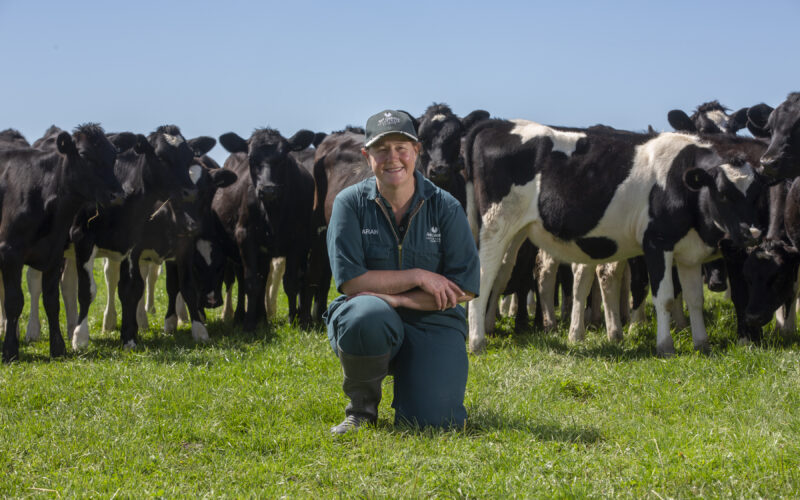By Richard Rennie and Neal Wallace
Farmers are being warned there is no silver bullet in the works to stem the rapid spread of drench-resistant internal parasites in livestock.
The issue has been building in sheep for 20 years but, concerningly, cattle are now showing triple resistance to drench treatments, prompting scientists and vets to urge farmers to monitor worm burdens and consider grazing systems that enable some parasite control.
Animal health bosses say the development of a chemical white knight to stave off resistance in farmed livestock is unlikely.
“There is nothing new on the horizon and unlikely to be. There is research going on, which we are involved in, with respect to parasites but that is across all species,” said Paul Fitzpatrick, head of Boehringer Ingelheim Animal Health NZ.
Elanco’s marketing manager, Ben McFarlane, said large multinational animal health companies are focused less on pastoral parasite controls and more on high-margin pet products.
It has been 10 years since the last new drench active targeting farm livestock was released, with animal health companies instead focusing investment on more lucrative companion animal treatments.
Globally this market is worth US$22.7 billion a year ($37bn) and growing at 10% a year.
AgResearch parasitologist Dave Leathwick has found drench efficacy in cattle on some sample farms has dropped to just 40-70% for levamisole, a previously effective treatment against cooperia.
“One farm we visited only the other day had taken a faecal egg count only 10 days post-drenching and it was already up at 650 eggs per gram. The drench simply had not worked,” he said.
The systems most at risk are intensive single-animal-class systems such as bull grazing, “techno” cell systems, dedicated heifer grazing units and runoffs, and intensive beef finishing operations.
Dr Ian Scott, Massey University’s senior lecturer in parasitology, said the current level of drench use is not sustainable given the absence of any new active.
The most recent releases in New Zealand have been Zoetis’s Startect in 2010 and Novartis’s Zolvix in 2009, both used for sheep but which received only limited uptake by farmers due to cost.
He is not confident a new chemical or product will solve the sector’s problems, urging farmers to instead adopt systems that are not reliant on drenches.
Sarah Williams of North Canterbury Vet Clinics said parasite management with no or minimal drench use is possible but requires focus and planning.
Breeding parasite-tolerant animals is also an option.
Gordon Levet has devoted a lifetime to breeding parasite-tolerant Romneys and said there has never been a more critical time to look within animals’ genetics to find a response to chemical resistance to worms.
Levet spent decades looking for sheep capable of tolerating high worm loads by focusing on the outliers at each end of the bell curve of animal traits, isolating those outliers and breeding from them.
Looking at the cattle sector’s issues with resistance, he said worm burden tolerance can be bred but the difficulty will be sourcing sufficient numbers for testing and identifying outliers.
This will require several farms to work together.
Ginny Dodunski, the manager of the Wormwise programme, said drench resistance is a symptom of farming systems’ reliance on drench to control parasites.
“Drench resistance is not the question. The question is, ‘How do I set up my farm system so worms are not a cost to me?’” she said.
Such systems maintain animal condition and offer young stock feed that has as few worm larvae as possible.
There are also diagnostic tools available to help manage drench performance, such as faecal egg counts and analysis.
Having observed farm systems overseas, Leathwick said NZ is well ahead in its awareness of drench resistance and trying to deal with it.
“The US, for example, is well behind the eight ball and not recognising they even have an issue.”
He said it may be that as these larger countries catch up, multinational drench companies will focus harder on developing new actives that benefit NZ as well.
MORE: Over the next two weeks, the Farmers Weekly team unpacks what the drench resistance threat means for the sector, from revisiting farm systems to heeding the sheep farmers whose experience could offer a solution.






